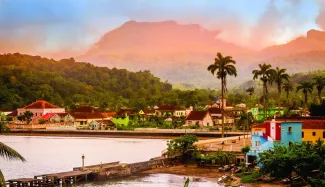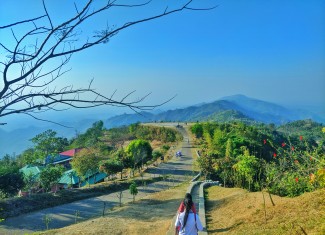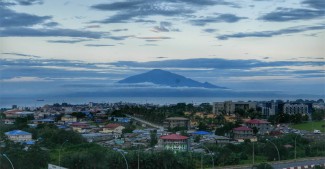A compendium of recent news on the global pandemic and what some of the world’s poorest countries are doing
COVID-19 is affecting people across the world. In the least developed countries (LDCs), which are particularly vulnerable to disasters and shocks, the pandemic’s impacts have the potential to be much, much worse.
What are LDCs doing to combat COVID-19? What obstacles are they facing?
We are committed to keeping our readers informed about the global crisis and its effect on people in the world’s poorest countries – see below a selection from the news that may answer some of your questions.
Senegal
The country has been in the news for its COVID-19 testing capabilities, and that a lab there is working on a test – together with a UK-based firm – that could deliver results in 10 minutes. See this piece for all the details.
Ethiopia
As of writing, Ethiopia has a 14-day quarantine for visitors to the country, and the national airline has suspended flights to 30 countries. A planeload of medical and protective equipment donated by Alibaba’s Jack Ma arrived in Ethiopia on Sunday, and the country is distributing the 5.4 million face masks, 1.08 million detection tests, 40,000 sets of protective clothing and 60,000 sets of face shields to the countries in Africa most vulnerable to COVID-19. Read more on the continent's response here.
The Pacific
LDCs in the Pacific such as Tuvalu and Samoa have declared states of emergency, and cruise ships have been turned away by some. With tourism an essential part of many Pacific countries’ GDPs, including LDCs like Vanuatu, the enormity of the economic impact of the tourism standstill remains to be seen. This analysis breaks down the situation in the Pacific, and what Australia could do to help.
South Asia
Nepal has closed its land borders with China and India, and the country is in lockdown. Bhutan has also closed its borders, and all its schools are closed. Both countries, and including former LDC the Maldives, have donated to the South Asian Association for Regional Cooperation (SAARC) COVID-19 Emergency Fund. See more here.
Africa
This Financial Times piece breaks down the potential COVID-19 impact on the developing world and sub-Saharan Africa in particular, flagging weak medical systems and burgeoning export restrictions on the necessary equipment potentially worsening the pandemic's impact.
The head of the World Health Organisation (WHO) is from Ethiopia, and he has called for the continent, which so far has comparatively few cases of the disease, to “wake up” when it comes to COVID-19. This article from last week breaks down the cases and what countries in the region are doing.
General
The World Economic Forum just published this breakdown on the risks and actions needed on coronavirus in LDCs, emphasizing the need for planning now for protective equipment and testing availability, and ensuring access to essential medicines.
This open letter to trade ministers from Anabel Gonzaléz, former World Bank senior director and Costa Rica Minister of Trade, lists recommendations so that trade can work as a tool to improve access to medical supplies, including by lowering tariffs and improving the cross-border movement of goods.
And, finally, for those curious about COVID-19’s impact on the global food system and agriculture – a major source of livelihoods in LDCs – FAO has a good explainer here.
If you would like to reuse any material published here, please let us know by sending an email to EIF Communications: eifcommunications@wto.org.



